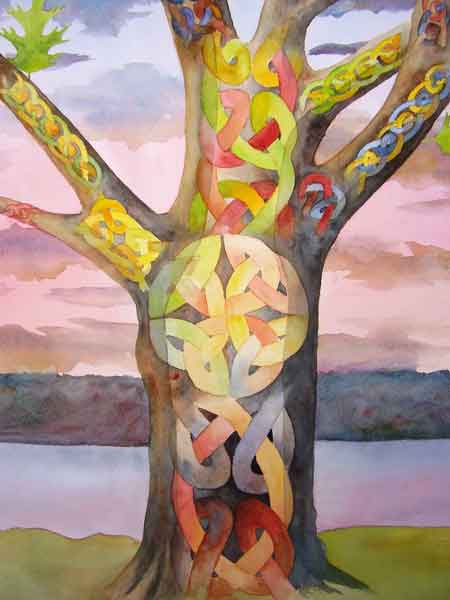"The laws governing the universe can be made interesting and wonderful to the child, more interesting even that things in themselves, and he begins to ask: What am I? What is the task of man in this wonderful universe? Do we merely live here for ourselves, or is there something more for us to do? Why do we struggle and fight? What is good and evil? Where will it all end?"
Maria Montessori, To Educate the Human Potential
A few weeks ago the Joliet Montessori Elementary & Adolescent communities held it's annual field study field trip. The students spend the day at a local forest preserve engaging in quadrant studies. This year in the afternoon the students were divided up into groups and given the task of building different kinds of shelters. This was a lesson in the Fundamental Needs of Humans. They were given a few guidelines: the shelter needs to be near fresh water and out of the way of the elements.
When I arrived to join for an evening potluck and bonfire I was met with a very excited Gracie: "Come and see our shelter! I want you to take a picture of it!"
So away we went tromping through the woods.

I was completely impressed by the structure Gracie and her group built. Not only was it a super enticing hideout. (I wanted to bring my tarp, sleeping bag, and a book and snuggle in) But knowing that these students worked joyfully in chilly and damp conditions all day was admirable.
I asked Gracie, "tell me about your group."
She began rattling off names and telling me what each member of her group was good at. Then she interrupted herself, "you know? It was great! We were all good at different things! That's why we were able to accomplish so much."
"Wow! Gracie! That's an amazing discovery. That's how the Body of Christ works!"
With a big fat smile, she responds, "yep!"


























